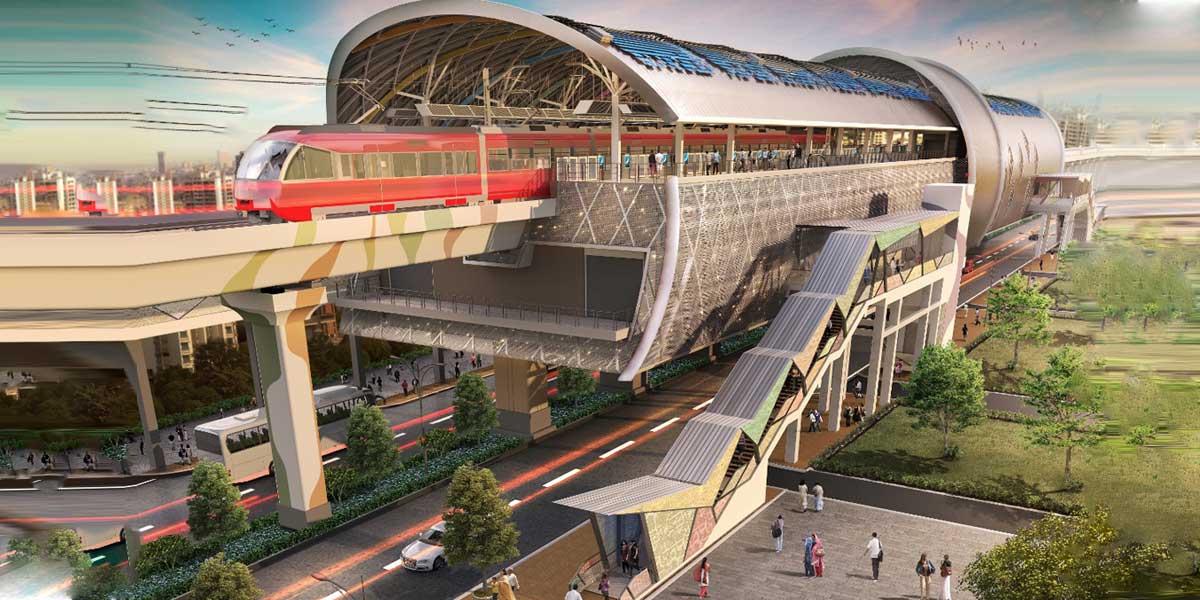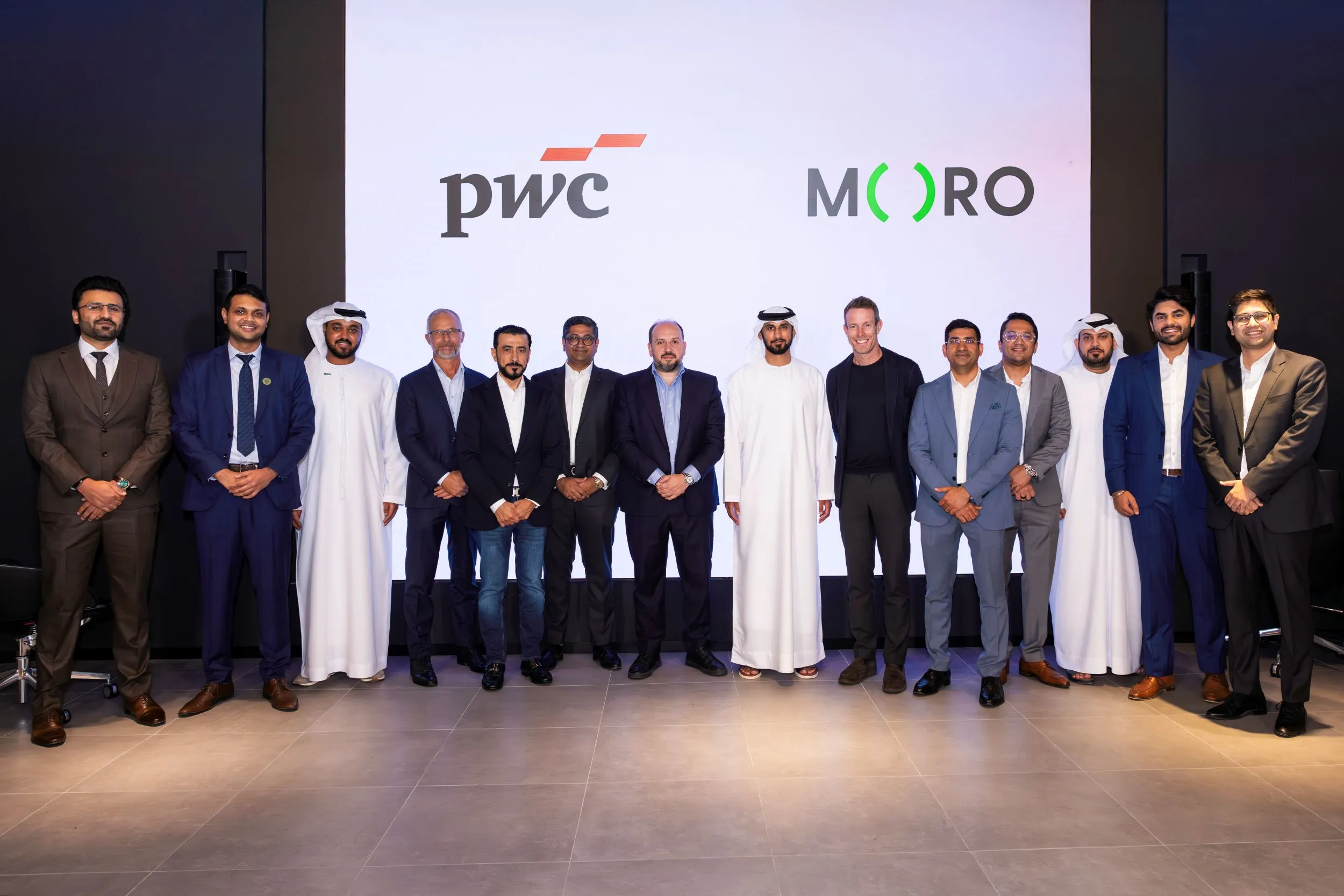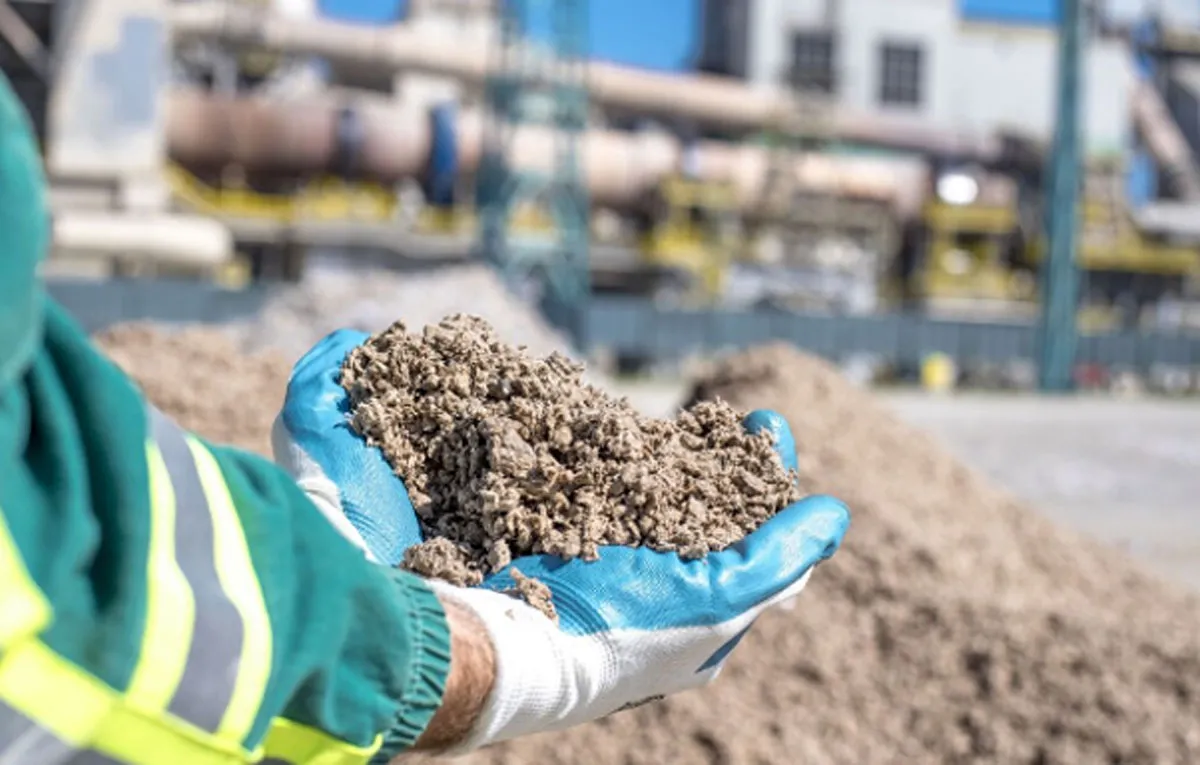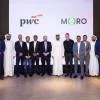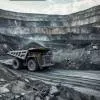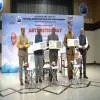CW presents a special interview with Dr Brijesh Dixit, CONSTRUCTION WORLD Person of the Year (Public Sector) 2020Pratap Padode (PP): Welcome Dr Brijesh Dixit. For all the readers, Dr Dixit has spent nearly 30 years in Indian Railways, with 15 years in Mumbai suburban and urban rail transport. He is someone who has actually built the Maha Metro right from the ground up. I think you were the first employee in 2015—and from getting the designs, financial agencies and contractors, I think you’ve done it all! Congratulations for being the Construction World Person of the Year for the Public Sector for 2020.Dr Brijesh Dixit (BD): Thank you so much!PP: You have been awarded for two specific areas. One is, of course, the speed with which you executed the Pune Metro; the other was the cost you managed to save while ensuring good execution even in the Nagpur Metro. Could you highlight some key measures that led to the early commissioning of the Pune and Nagpur metro projects?BD: Thank you very much to you, the jury and the foundation that has instituted this award. I truly feel this award is basically a recognition of the team behind the project rather than me personally. You have asked what has gone behind the achievements in terms of speed of execution and achieving the difficult targets of avoiding time and cost overruns. I’ll share my personal experience with you in the sense that apart from the usual things like land acquisition and contract management, first what is more important for any organisation that is particularly new is team building, then team working, and then team winning. Each is an important stage that should receive attention right from the top of the organisation. Second, it is the plan. What I mean by that is whenever you taken an important task in your hand you must have Plan A, Plan B, Plan C and maybe Plan D and E also, because we have found many times that it was Plan E that was finally executed. If you don’t have these things ready, and you have some hurdle or the other, it takes up a lot of time. So you must have alternatives in mind whenever you foresee any hurdles in your way. Third, it is improvements in innovation. I personally spent a lot of time on these areas and the routine should be delegated to the people below your level. There are several levels in the corporation and they can better take up those things while you concentrate on the innovation. Things like this have been very handy for us to achieve what you mentioned.
PP: Tell us about digital technologies. You have tried to bring in world-class measures; I think you have done 5-D building information modelling (BIM). Why did you think of bringing all this in and how has it helped you?BD: When we go to developed countries, we find flawless infrastructure, flawless buildings working very well, done in record time and reasonable cost. But several studies by the Government and private organisations in our country have shown that 90 per cent of our megaprojects face problems of time and cost overruns and quality issues. This was the challenge before us when we were starting the Nagpur Metro project. With my experience of over 35 years with the Government, particularly Indian Railways, I realised that a lot of these things could be addressed by applying IT tools. But there was no single platform available anywhere that could take care of all activities from A to Z. So, I was in touch with my friends in the PSUs and some friends abroad to find out what could be done. Then, we realised there are technologies available—and, mind you, our girls and boys from Pune and Bengaluru are doing 70 per cent of the global work in this field, without India taking advantage of the same.So we virtually started from scratch and developed the contract document to implement this system; what we did ultimately is even better than the best international practices available. What we did is called 5-D—3-D takes care of the engineering side, the 5th D is time and the 6th D is cost.And different software is available to address all these areas. We integrated all these three things onto a single digital platform with what is called i2 (read i two) software. There were several challenges to ensure that data migrates from one software system to the other and we can get everything on our dashboard and get the information available on time almost on an online/real-time basis. The information that takes a month to find in a normal, conventional environment is available on a daily basis here. Every evening, we come to know of our bank balance and how much money has been spent and, of course, other engineering information regarding the progress of various components and milestones, and what is failing and behind. Otherwise, in megaprojects these things become very complex and the information is available in hundreds of files with hundreds of people; just to integrate all that information in one place takes time. So, this 5-D BIM was deployed right from Day 1. And I am very happy to share with you that it was up and running in about six months’ time. It has helped us considerably in the implementation of not only Nagpur but subsequently the Pune project as well.PP: Dr Dixit, you are a total transport professional. I mean, you are an institution builder and transport professional. So my question to you is that, metro-rail projects generally bank upon the monetisation and leverage of real-estate projects. This is what successful metro projects in Delhi and Hong Kong, for example, are doing. How do you plan to do this in the case of Nagpur and Pune?BD: You know that metro projects are very capital-intensive. And the fare box revenue is not enough to cover all the costs. On the other hand, you don’t have much scope to increase the fare box revenue. So, world over, there has been a practice of tapping non-fare box revenue. We have the example of MPR Hong Kong where non-fare box revenues go up to 42 per cent of total revenue. That is the best figure we have. That has been our inspiration actually and we found out how they planned and executed it. Now, in both the Nagpur and Pune projects, we have ensured that our non-fare box revenue reaches at least 50 per cent. And I’m thankful to the governments of Maharashtra and India for supporting us whole hog in this respect.For example, in both Nagpur and Pune, the Maharashtra government imposed additional stamp duty to finance these projects because real-estate development in the city goes up whenever metro projects come in as they increase the mobility of the people and this can be tapped easily. Second, the transit-oriented development notification was issued for both Nagpur and Pune. This ensures that on 500 m of both sides of the metro alignment, the FSI [floor space index] is doubled and whatever premium income comes from these extra developmental or construction rights is divided between the Metro Corporation and the Municipal Corporation because both of them provide the infrastructure. Third, because of the increase in FSI, all our station development, which actually includes real estate, provides for stations that can go up to 20, 25, 30 storeys in Nagpur and Pune. Not that we will do all these storeys tomorrow or next year; all these will be done in due course when the real-estate market permits and on a PPP basis. We have made our plans, designs and foundation in such a way that they support these multi-storeyed constructions because if we don’t do today, it will never be possible to do it tomorrow after the stations come up. And then we usually source revenue through advertisements and such other things. I am sure we will be able to have a very good percentage of non-fare box revenue. One good thing I wanted to share with you is that even before our first train started in Nagpur, we already had a non-fare box revenue of over Rs 100 crore, and it has been growing ever since.PP: Very good. So, Dr Dixit, I think the train has set off very well in your case but we have now been hit by this COVID crisis. How have you managed to continue your speedy execution process in these times?BD: COVID actually started in March and there was total lockdown in the month of April. So that month was fully affected. But immediately after the unlock started, right from Unlock 1, we started bringing back labour; some labour was in any case available in our camps whom we looked after very well during the full lockdown period in April. So, they immediately restarted the work and gradually the labour that had gone away returned. Today, we have either reached the pre-COVID level or crossed it. Whether it is our viaduct, underground or depot work or our system site with our electrification and signalling works, all have restarted. And thanks to our contractors, labour has been brought back from their villages and due process has been followed, such as permission from the district administration on both sites and quarantine SOP. So we have fully following the SOP and our works are already reaching pre-COVID levels.PP: Are there any particular construction technologies you have deployed or ways of dealing with your contractors that have helped you achieve these milestones?BD: There’s a long list but I will mention a few things we have done construction-wise. The very first is in Nagpur, where we are making the country’s first multi-layered transport system. Jointly with NHAI, we are making the metro and an elevated National Highway that is in the form of a flyover; it’s over a length of 4.5 km in Stage 1 and a total of 8.5 km when the next stage gets completed. This will be first in India because there are three layers of transport integrated on a single pier—at one place there is a fourth layer also, where a train is going. So there is a highway on the ground; an elevated highway; a metro; and, in between, a railway line. This has brought wonderful efficiencies in terms of space, time and cost. I’m thankful to the Ministry of Transport, Government of India and NHAI for jointly working with us to provide this wonderful structure in the city of Nagpur.Second, we are making a number of multimodal transport hubs. It's not important that I just make a metro—I make a metro for the people and they need seamless travel. When they come to a metro station or go out of it, they need some other mode of transport to go home. We have to integrate all that. We have opportunities at some places where so many modes of transport are around us—we are combining all of them. If there is an interstate bus terminus, we are connecting it to our metro. If there is a city bus stop or railway station or an airport that is close, we are connecting it to the metro. So like that, we are making multimodal transport hubs in Swargate, Civil Court and Shivajinagar in Pune. This is a new concept and they will be the best transport hubs anywhere.Further, right from inception, we are providing solar installation on rooftops—we will have almost 20 mw—that will provide green energy for our stations and trains and substantial economic benefit. The cost of the solar power will be just one-third of what we paid to the utility and we don’t need any investment because we have designed it with our station roof. Because of this action right at the planning and design stage, we save all the cost. And the person who comes to install it also gets the benefit. It’s a win-win situation to get greener and cheaper power.And then, as I said, all our stations will have an element of property development for years to come because their foundations have been designed such that they can be extended vertically when the market demands and a PPP partner is available. So, our non-fare box revenue will keep going up. Also, we have already discussed the 5-D BIM technology. Together, these initiatives have provided us opportunities to execute projects without time and cost overruns and with the best of quality.PP: Dr Dixit, finally, what opportunities do you see for vendors and contractors as far as your expansion of these projects is concerned?BD: You know that we have executed almost 90 per cent of the Nagpur project, which is 40 km long. We have done almost 45 per cent of our project in Pune, which is 33 km in length. Phase 2 of Nagpur is in a very advanced stage of sanction with the Government of India. Then, we have proposed a very innovative transport system for the city of Nasik that we are calling the Metro Neo system. It’s a rubber tyre-based metro system that is very cost-effective and environment-friendly; its cost is almost one-fourth of a normal metro. The technology is available worldwide and has been used in over 100 cities abroad. It's an elevated system. So, it’s a rubber-tyred metro with an elevated wire duct and electric traction on the top. Once it is sanctioned, Maha Metro will implement it in the city of Nasik. It will be the first of its kind in India and anywhere in the world. So, these opportunities are available to agencies in the field of construction.PP: Wonderful! Thank you very much for talking to us, Dr Dixit. Wishing you all the best in your endeavours. I think we can expect a lot from Maharashtra Metro with you at the helm and we look forward to connecting with you in the future.BD: Thank you, very kind of you.
